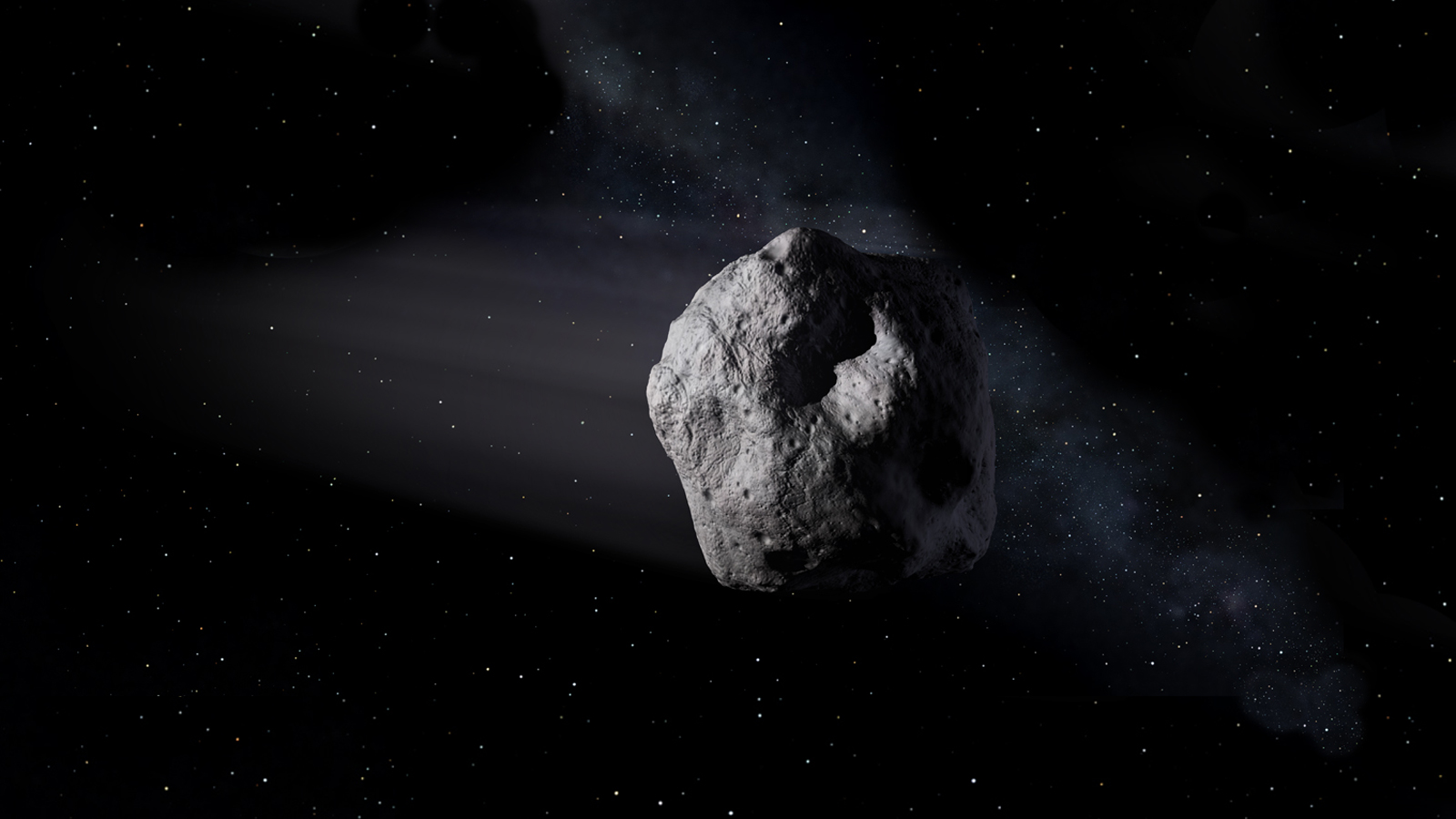New Look at 111-Year-Old Asteroid Hit Provides Clues to Future Impacts
New research reassures that asteroid impacts with Earth may be less frequent than previously believed.

Scientists reexamined the mysteries surrounding an asteroid impact from 1908 in order to better understand the likelihood of these events in the future.
Looking to re-create the same level of tree-snapping damage created by the Tunguska asteroid that hit Siberia, researchers developed computer modules of over 500 million combinations of asteroid and entry properties that might result in a profile like that of the Tunguska impact, according to a statement by NASA.
The researchers found that these medium-size asteroids may reach Earth with frequencies on a scale that's measured in millennia rather than in centuries, as scientists previously believed, the statement added.
Related: Humanity Will Slam a Spacecraft into an Asteroid in a Few Years to Help Save Us All
The Tunguska event, which flattened and scorched 500,000 acres of uninhabited forest, is considered the largest asteroid impact witnessed by modern-day humans. At the time, the impact was reported in the media as a possible volcanic explosion or a mining accident before researchers concluded that it was caused by a massive object colliding with Earth.
"It also is characteristic of the sort of impact we are likely to have to protect against in the future," David Morrison, planetary science researcher at NASA's Ames Research Center in California, said in the statement.
The asteroid was not large enough to cause mass extinction on Earth, but it was a medium-size rock that was able to make it through the atmosphere and seriously affect a limited area.
Breaking space news, the latest updates on rocket launches, skywatching events and more!
"Because there are so few observed cases, a lot of uncertainty remains about how large asteroids break up in the atmosphere and how much damage they could cause on the ground," Lorien Wheeler, a researcher from Ames and NASA's Asteroid Threat Assessment Project, said in the statement.
Among the computer models, the one that created effects most similar to the Tunguska asteroid was a stony body between 164 and 262 feet (50 to 80 meters) across that entered the atmosphere at around 34,000 mph (55,000 km/h), depositing energy equivalent to a 10- to 30-megaton explosion, according to NASA.
But within the context of scientists' estimates about the asteroids around Earth, the calculations are actually good news. That's because the math they used suggests that the interval between occurrences of these impacts would be around a millennia.
The research is described in a paper being published next month in the journal Icarus.
- Queen's Brian May Outlines Ambitious Asteroid Deflection Mission
- A House-Size Asteroid Zipped by Earth Today
- This Asteroid Has a 1 in 7,000 Chance of Hitting Earth This Fall
Follow Passant Rabie on Twitter @passantrabie. Follow us on Twitter @Spacedotcom and on Facebook.

Passant Rabie is an award-winning journalist from Cairo, Egypt. Rabie moved to New York to pursue a master's degree in science journalism at New York University. She developed a strong passion for all things space, and guiding readers through the mysteries of the local universe. Rabie covers ongoing missions to distant planets and beyond, and breaks down recent discoveries in the world of astrophysics and the latest in ongoing space news. Prior to moving to New York, she spent years writing for independent media outlets across the Middle East and aims to produce accurate coverage of science stories within a regional context.
